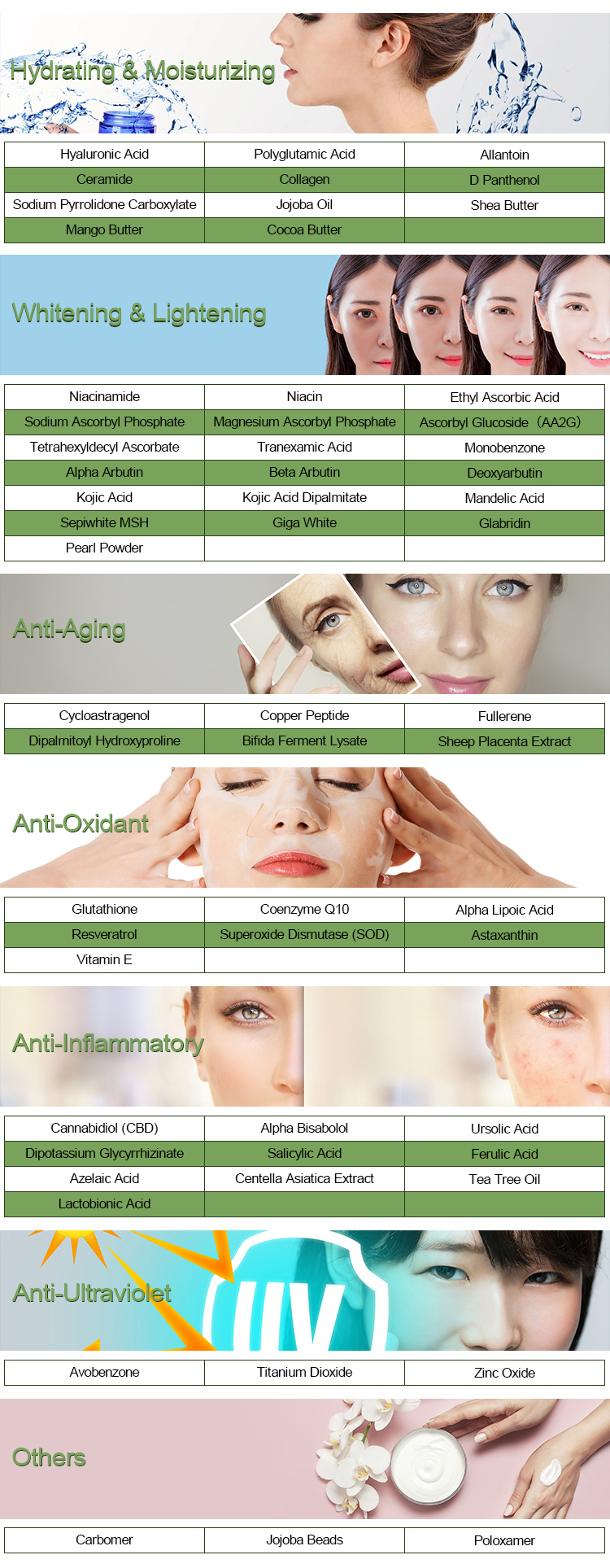Polyglutamic acid (PGA) is a biodegradable and biocompatible polymer that has gained increasing attention in various fields, including medicine, cosmetics, and agriculture. Here is a comprehensive study of polyglutamic acid, covering its properties, applications, synthesis methods, and potential benefits.
1.Introduction to Polyglutamic Acid:
Polyglutamic acid is a naturally occurring polymer composed of repeating units of glutamic acid (a non-essential amino acid). It is biodegradable, non-toxic, and water-soluble, making it safe for various applications.
2.Properties of Polyglutamic Acid:
Biodegradability: Polyglutamic acid is environmentally friendly as it can be broken down by microorganisms, reducing its impact on ecosystems.
Hydrophilicity: It has excellent water-absorbing and retaining properties, making it useful in various applications.
Non-toxicity: Polyglutamic acid is generally considered safe for use in biomedical and cosmetic applications.

3.Synthesis Methods:
Fermentation: Polyglutamic acid can be produced through fermentation using bacteria such as Bacillus subtilis.
Chemical Synthesis: Chemical methods involve the polymerization of glutamic acid monomers.
4.Applications of Polyglutamic Acid:
Medicine: Polyglutamic acid is used in drug delivery systems, tissue engineering, and wound healing due to its biocompatibility and controlled release properties.
Cosmetics: It is used in skincare products, as it enhances skin hydration and acts as a natural moisturizer.
Agriculture: Polyglutamic acid can be employed in soil improvement and crop protection to improve water retention and nutrient absorption.
Food Industry: Polyglutamic acid can be used as a food additive, primarily for its gelling and thickening properties.
5.Benefits and Advantages:
Biocompatibility: Polyglutamic acid is well-tolerated by the human body, making it suitable for medical applications.
Enhanced Hydration: It can retain a large amount of water, making it effective in moisturizing products.
Biodegradability: It does not contribute to environmental pollution as it can be broken down naturally.
Controlled Release: In drug delivery, Polyglutamic acid can be used to release drugs at a controlled rate.
Crop Yield Improvement: In agriculture, Polyglutamic acid can improve soil properties, leading to enhanced crop growth.

6.Current Research and Future Trends:
Ongoing research is focused on developing new formulations and applications for Polyglutamic acid, including in the fields of regenerative medicine, tissue engineering, and controlled drug delivery.
Innovations in Polyglutamic acid-based materials and technologies continue to expand its potential uses.
7.Challenges and Considerations:
Despite its many advantages, cost and scalability issues may hinder widespread adoption.
Further research is needed to optimize production methods and explore new applications.
In conclusion, polyglutamic acid is a versatile polymer with a range of valuable properties that make it suitable for use in medicine, cosmetics, agriculture, and more. As research into Polyglutamic acid continues, it is likely that we will see even more applications and innovations in this field.
